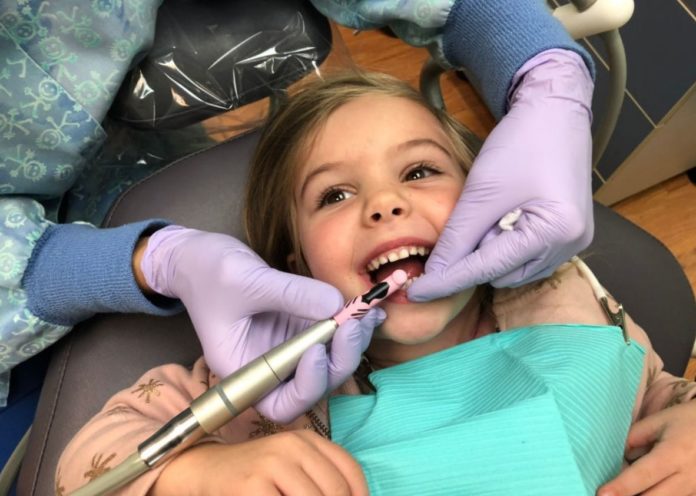The study, published in the Journal of Dental Research (JDR), using ‘phantom head’ model to simulate dental procedures in a multifaceted approach to determine aerosol dispersal in a dental surgery setting and the potential for different mitigation strategies to reduce infection risk associated with bioaerosol exposure during routine dental procedures.
In the study, crown preparation and root canal access procedures were performed in a dental surgery setting using an air turbine or a high-speed contra-angle hand-piece (HSCAH) with water cooling, mitigating with a rubber dam or high-volume aspiration, and a no mitigation control.
- Does This Mean We Stopped Being Animal and Started Being Human Due to ‘Copy Paste’ Errors?
- The One Lifestyle Choice That Could Reduce Your Heart Disease Risk By More Than 22%
- Aging: This Is What Happens Inside Your Body Right After Exercise
- Immune-Boosting Drink that Mimics Fasting to Reduce Fat – Scientists ‘Were Surprised’ By New Findings
- Gun Violence in America: What They Don’t Talk About at the Debate
A phantom head was used in conjunction with a flow of artificial saliva infected with 6-bacteriophage, a virus that serves as a surrogate for SARS-CoV-2. Bioaerosol dispersal was determined using agar settle plates lawned with Pseudomonas syringae, the host of the 6-bacteriophage.
Active air sampling was used to determine viral air concentrations, and optical particle counters were used to determine particle size and quantity.
Bioaerosol levels were significantly reduced when the HSCAH was used instead of the air turbine. Reduced bioaerosols and splatter were also achieved through the use of a rubber dam or high volume evacuation.
While this model represents the worst-case scenario for SARS-CoV-2 dispersal, these data demonstrate that the use of HSCAHs or other mitigation strategies can significantly reduce the risk of viral aerosolization, implying that a prolonged clinic fallow period is unnecessary.
“It is imperative to understand the inherent risks of viral dispersion associated with dental procedures and the efficacy of available mitigation strategies,” said JDR Editor-in-Chief Nicholas Jakubovics, Newcastle University, England.
“To our knowledge, this study is the first to report the aerosolization in a simulated dental setting of bacteriophage, as a surrogate for SARS CoV2, as a marker for risk determination. The data described here present a clear picture of how risk of SARS-CoV-2 and similar biological hazards can be greatly attenuated using mitigation strategies including HSCAHs.”
Image Credit: Getty
